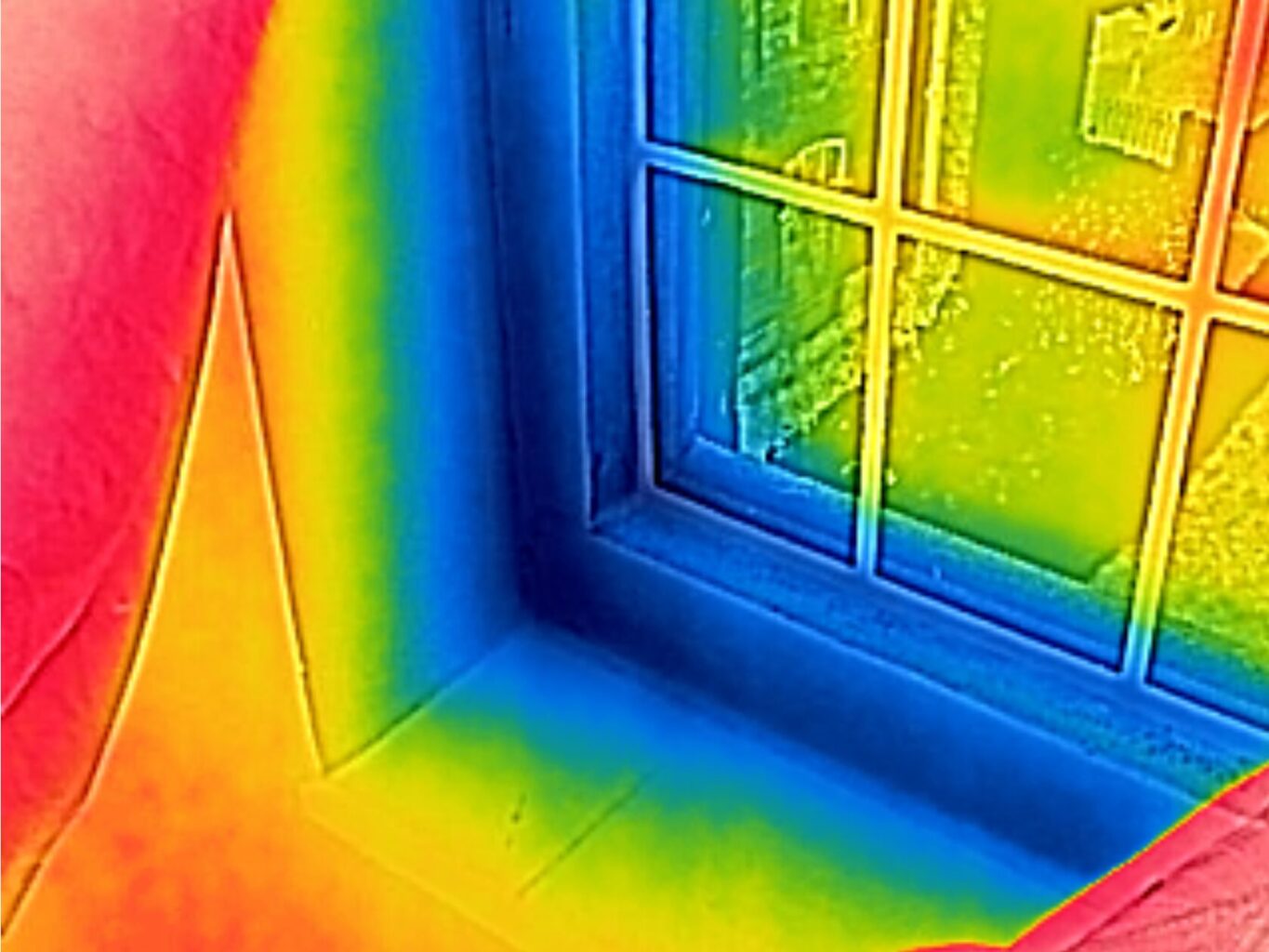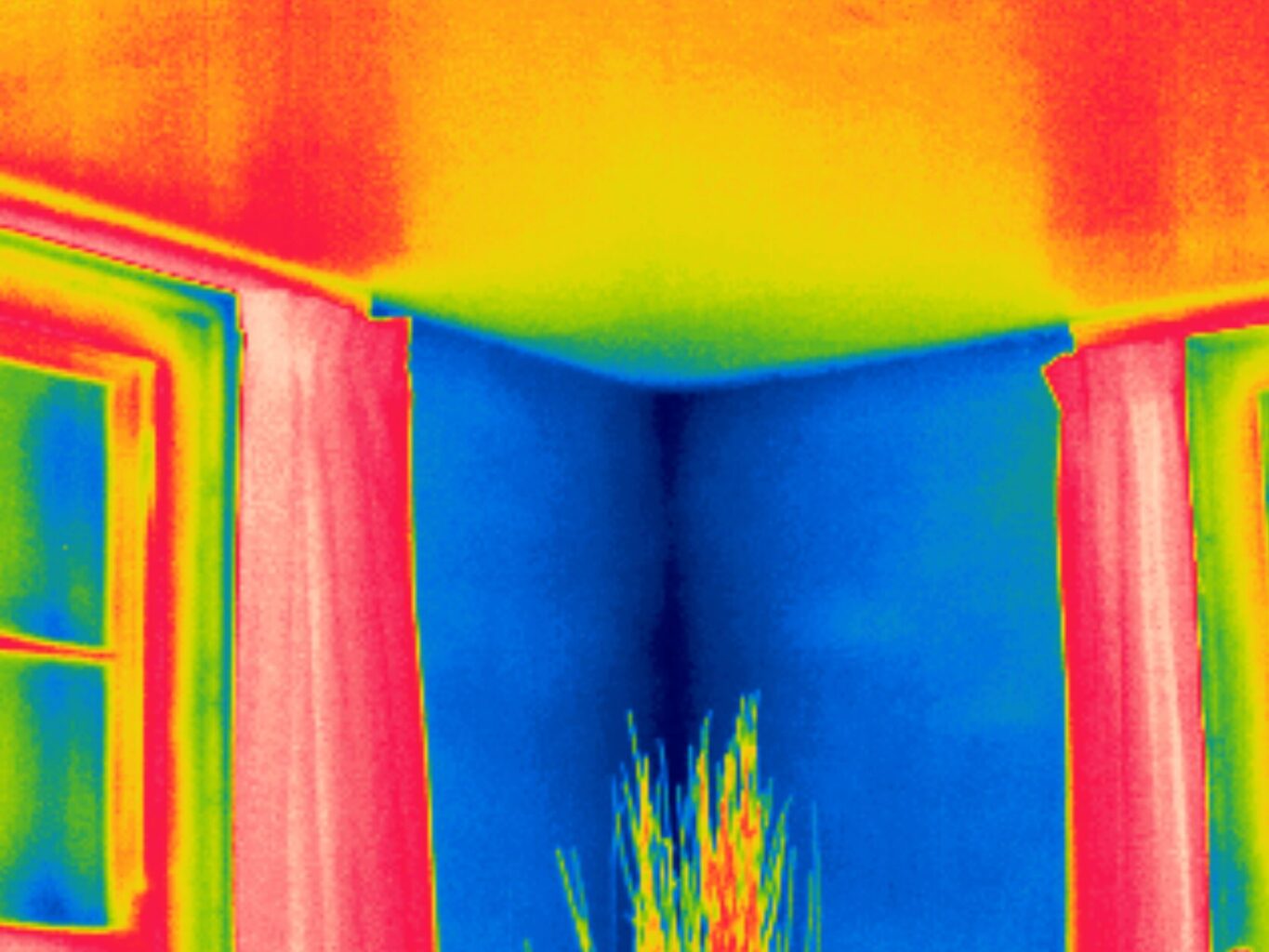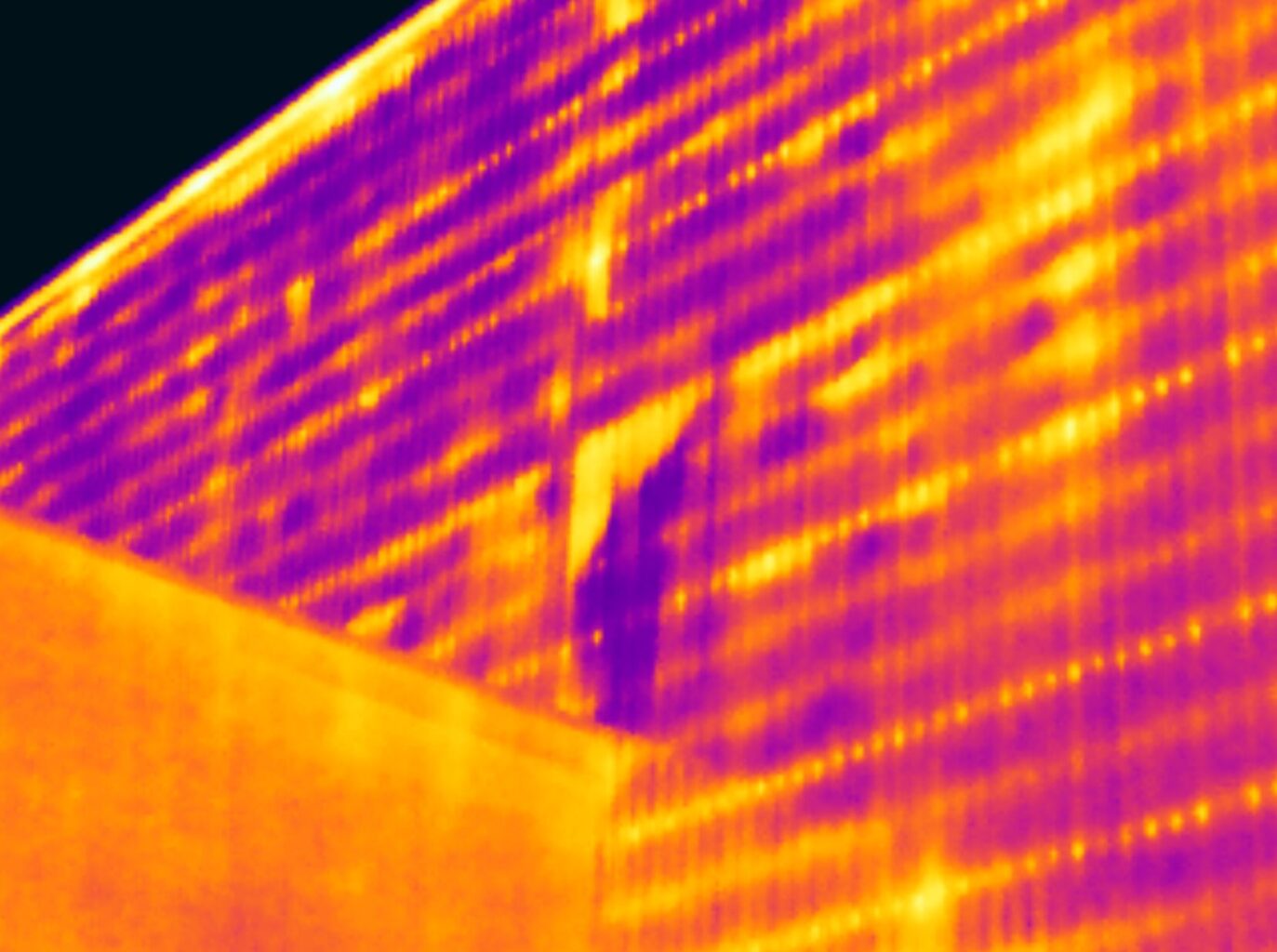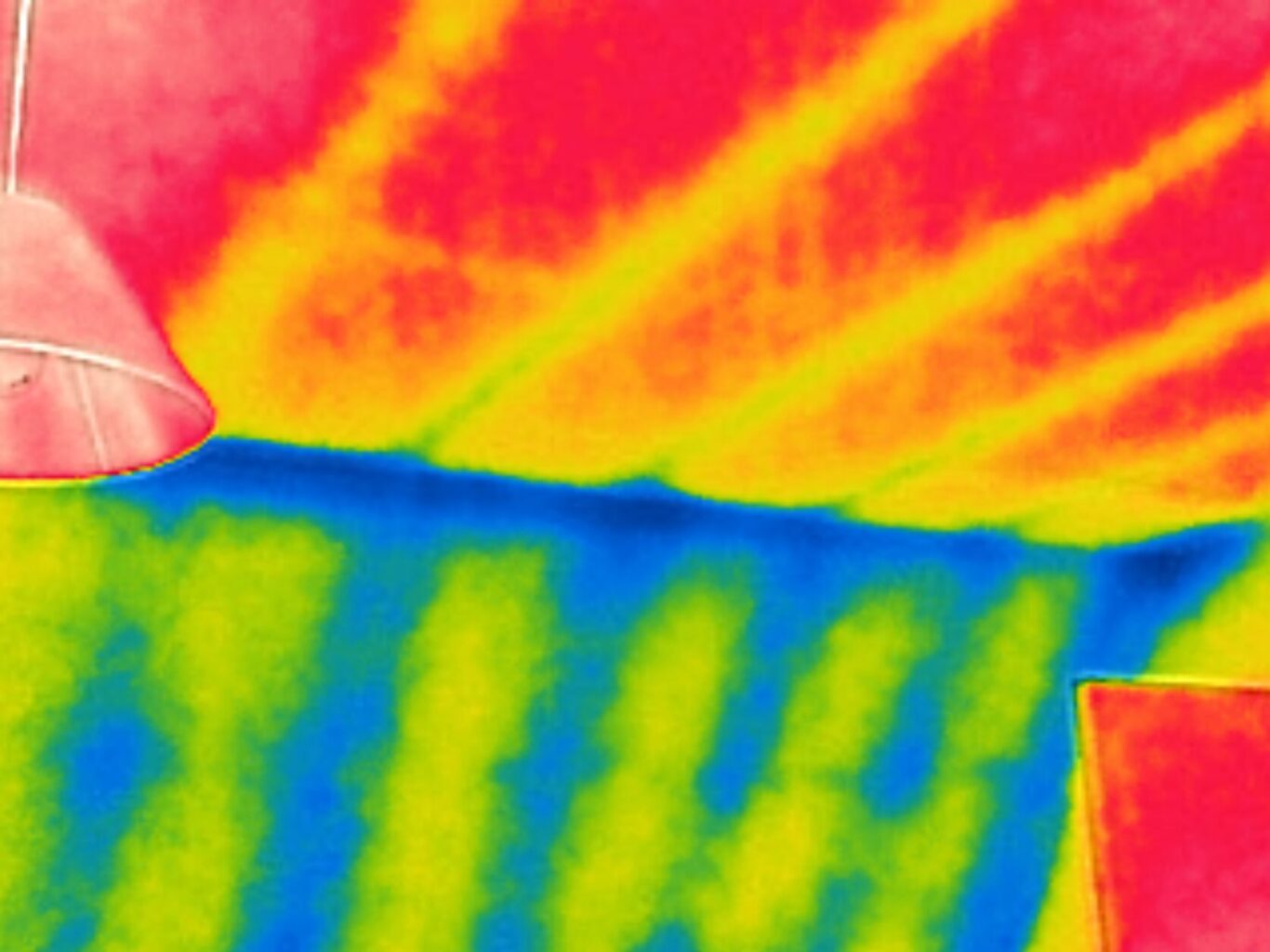Enhancing Fire Safety Measures
The Role of Drone Environmental Thermal Imaging in Solid Waste Landfill Sites

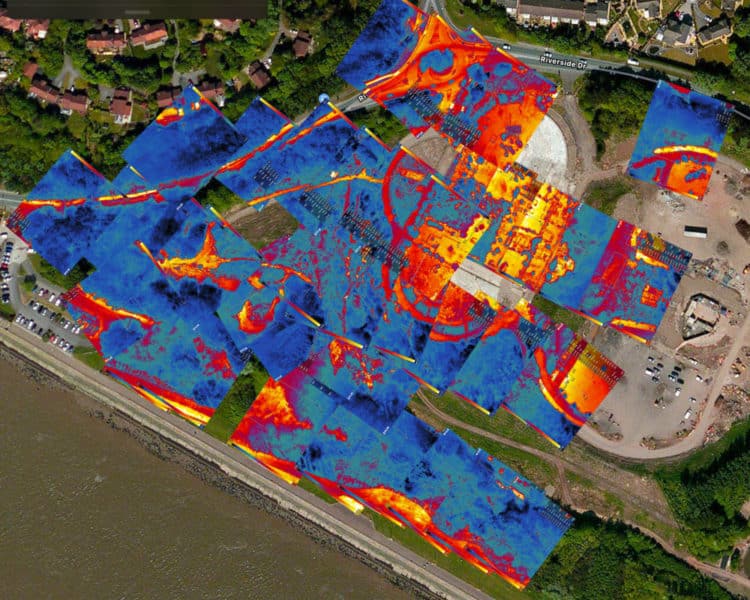
Understanding the Importance of Fire Safety Measures in Solid Waste Landfill Sites
Landfill sites are a crucial part of waste management in the United Kingdom, with over 50 million tonnes of waste being disposed of in these sites annually. However, these sites can pose significant fire risks due to the accumulation of combustible materials. Fires in landfill sites can lead to severe environmental damage, including air and water pollution, and pose health risks to nearby communities due to the release of toxic fumes.
The UK Fire and Rescue Services reported over 300 landfill fires in 2018, highlighting the urgency of implementing effective fire safety measures. The Environmental Agency also emphasises the importance of fire prevention plans for waste sites, which should include measures for early fire detection, efficient firefighting, and minimising the impact of fires.
The consequences of landfill fires extend beyond immediate environmental and health hazards. They also result in significant financial losses due to firefighting costs, site clean-up, and operational downtime. Therefore, enhancing fire safety measures in landfill sites is not only a matter of public safety and environmental protection but also of economic sustainability.
In this context, innovative technologies such as drone environmental thermal imaging are emerging as powerful tools to enhance fire safety measures in solid waste landfill sites.
The Innovative Role of Drone Technology in Fire Safety
Drones, or unmanned aerial vehicles (UAVs), have revolutionised various industries, including waste management. They offer a cost-effective, efficient, and safe method for monitoring and inspecting landfill sites.
Drones equipped with advanced sensors and cameras can provide real-time data and high-resolution images of landfill sites, enabling early detection of potential fire hazards. They can access hard-to-reach areas, reducing the risk for personnel and increasing the efficiency of inspections.
Moreover, drones can assist in firefighting operations by providing aerial views of the fire, helping to assess its extent and direction, and supporting the strategic deployment of firefighting resources. The UK’s Lincolnshire Fire and Rescue Service, for example, has successfully used drones in firefighting operations, demonstrating their potential in enhancing fire safety.
The integration of environmental thermal imaging technology further enhances the capabilities of drones in fire safety.
The Power of Environmental Thermal Imaging in Detecting Fire Hazards
Environmental thermal imaging, or thermography, is a non-contact technology that measures infrared radiation to determine the temperature of objects. It can detect heat sources and temperature anomalies that may indicate potential fire hazards.
In landfill sites, thermal imaging can identify hotspots – areas where waste decomposition is generating excessive heat – which are potential precursors to fires. Early detection of these hotspots allows for timely intervention, preventing the outbreak of fires.
Thermal imaging can also monitor the effectiveness of firefighting efforts by tracking the temperature changes in the affected areas. This information can guide the firefighting strategy, ensuring that resources are deployed where they are most needed.
When combined with drone technology, environmental thermal imaging becomes a powerful tool for enhancing fire safety in landfill sites.
Implementing Drone Environmental Thermal Imaging for Enhanced Fire Safety in Landfills
Implementing drone environmental thermal imaging in landfill sites involves several steps. First, drones equipped with thermal imaging cameras are deployed to regularly monitor the site. The frequency of monitoring can be adjusted based on the site’s risk profile and operational characteristics.
The data collected by the drones is then analysed to identify potential fire hazards. If a hotspot is detected, appropriate measures can be taken, such as increasing the frequency of monitoring, adjusting the waste management practices, or deploying firefighting resources.
The implementation of this technology requires investment in equipment and training. However, the benefits – in terms of enhanced fire safety, environmental protection, and cost savings – make it a worthwhile investment.
Drone environmental thermal imaging is a promising technology for enhancing fire safety measures in solid waste landfill sites. It offers a proactive approach to fire prevention, enabling early detection of potential hazards and efficient firefighting operations.
Landfill Site Thermal Inspection Services
Enhance your landfill site’s fire safety measures today with drone environmental thermal imaging. Contact us to learn more about our innovative solutions.
As approved and certified droneoperators we work throughout the UK to provide both aerial and ground based level 3 thermography services. Fully insured and certified by the CAA with enhanced permissions for close operations to univolved people, for day and night time flights



